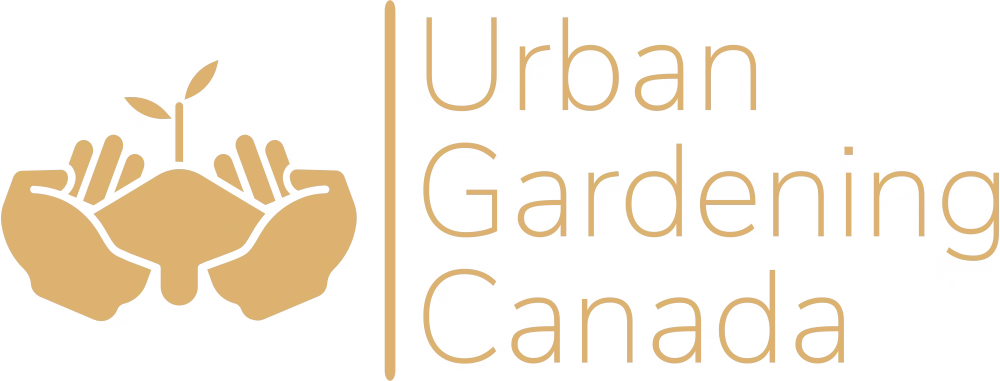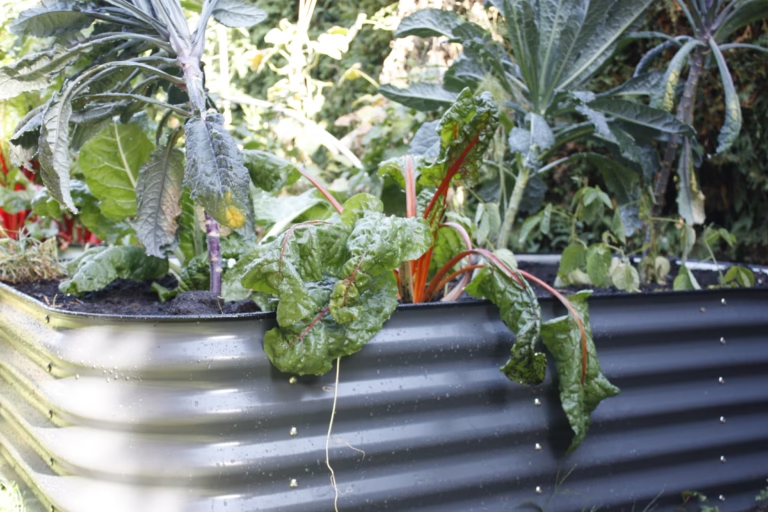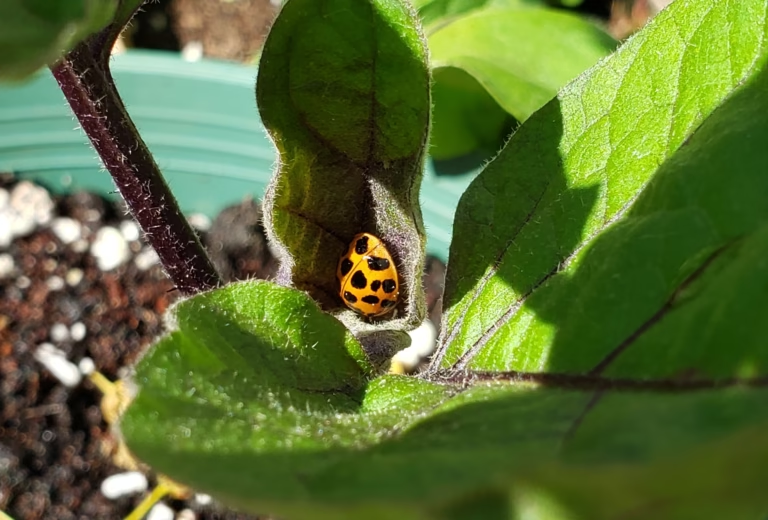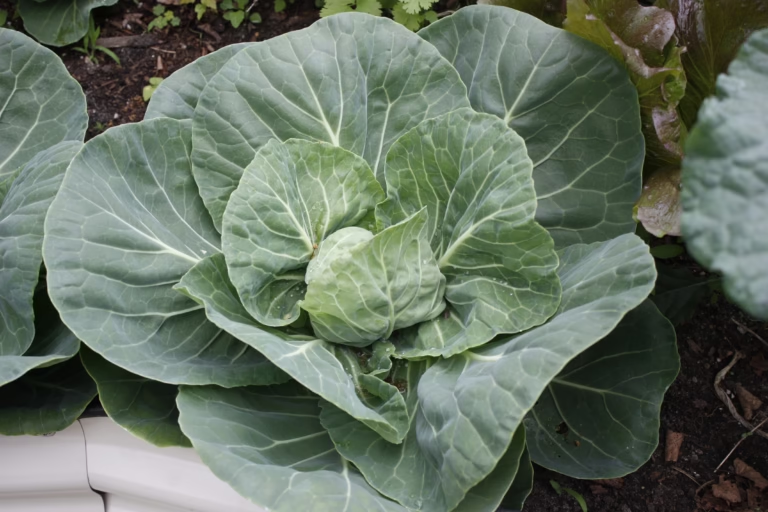
How to Grow Seeds Sustainably: 6 Tips and Tricks
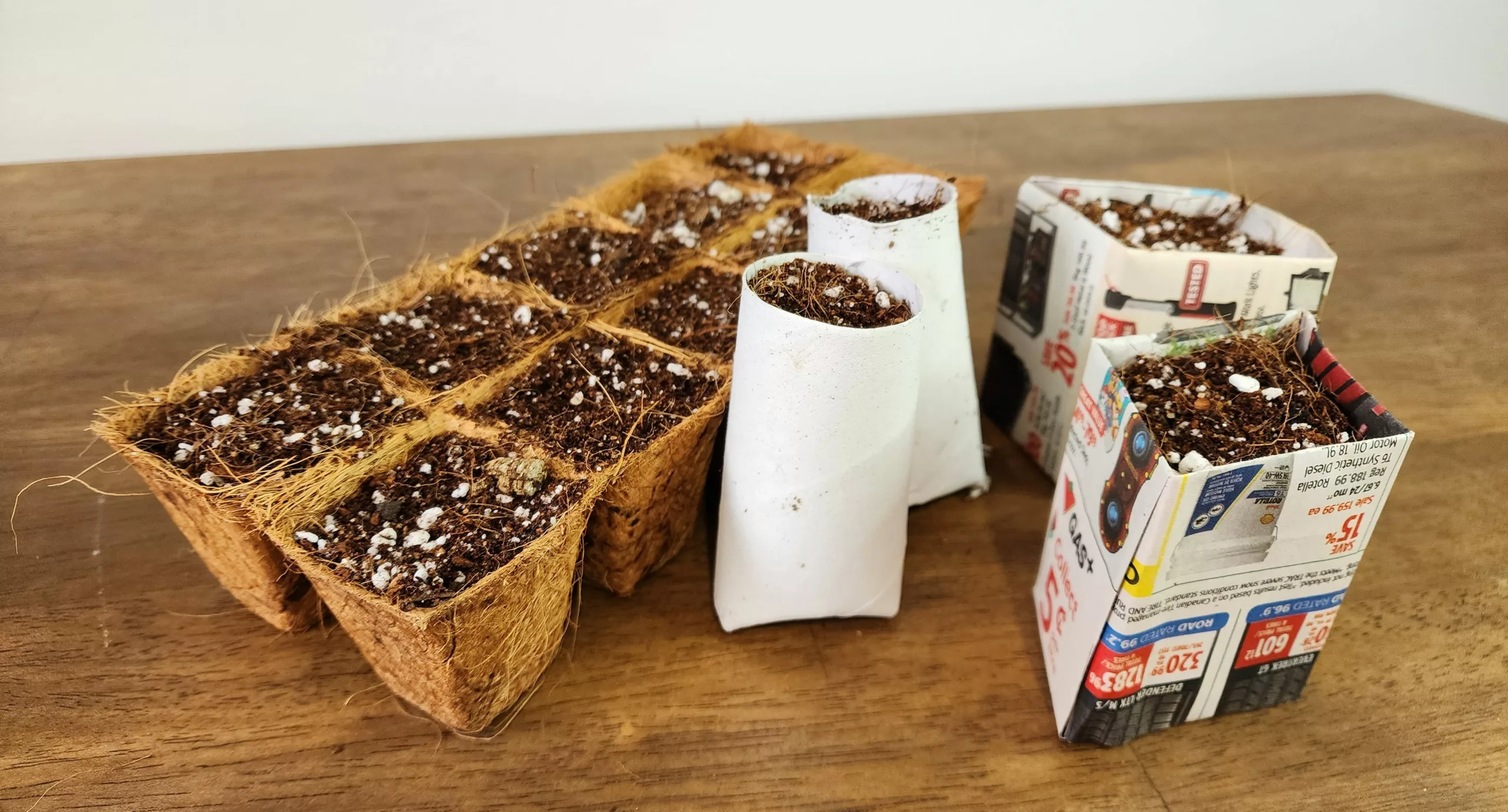
Growing from seed is one of the best skills that a gardener can have. It means that you have a wide selection of plants to choose from, and in the cold of winter you have something to look forward to. Unfortunately, the seed and garden industry is full of products that are unsustainable, harmful to the environment and harmful to your health.
Therefore, I wanted to share 5 tips that you can easily implement in your seed starting journey to make it more sustainable.
Tip 1: Choose open pollinated seeds that are either organic or untreated

This blog is reader supported. Some of the links in this article are affiliates which earn me a small commission, at no additional cost to you.
Open-pollinated seeds are seeds that you can save from at the end of the season. Pair open-pollinated seeds with organic or untreated to make them the most sustainable choice. Open-pollinated seeds are more genetically diverse and provide you food security since you can save seeds from these plants. Organic or untreated seeds mean no harmful chemicals were sprayed during the growing season.
Check out these two articles to learn more:
- 3 Reasons Why You Should Buy Organic Seeds
- Looking for Organic Seeds? Check Out These 35 Canadian Companies
Tip 2: Ditch the Peat! Make your own seed starting soil that’s peat-free

This is the best seed starting soil mix for both your seedlings, and for the environment. Peat is in almost every soil bag on the market, and is especially common in seed starting soil. However, peat extraction is terrible on the environment. Peat is the largest carbon store on the planet, and when we dig it up it releases that carbon back into the atmosphere. Luckily, there are alternatives to peat to make your soil more eco-friendly. Make your own peat-free seed starting soil this season!
Have you downloaded my FREE interactive square foot planner? Get your copy here!
Tip 3: Stop using single-use plastic and replace with long term products

Single use plastics are so common in the seed starting space! From sandwich bags, to plastic cups, cling wrap cover to milk jugs.. you can find single use plastic everywhere! Unfortunately, this plastic is bad on both your health, and the environment.
Soft plastics are known to leach chemicals, and they last in landfill for up to 500 years. To put that into perspective, your milk jug will still be in the landfill when your kids, kids, kids, kids, kids are alive (or your great-great-great-great-grandchildren). Can you imagine them still seeing your milk jug sitting there? Albeit it’s now broken down into millions of pieces of microplastics and might have even washed away into a river, to be eaten by a fish, who later died from eating too much plastic.
My point? Find alternatives to single use plastic that last longer, such as soil blockers, wooden trays, sowing your seeds directly in the winter (vs winter sowing) and skipping out on any ‘trendy’ or ‘viral hack’ to make seed starting easier, especially if it’s at the cost of our planet.
Tip 4: Invest in a soil blocker

Following on the topic from above, invest in a soil blocker. Although these are expensive upfront, they reduce the amount of plastic that you need to use while growing from seed. Not only that, but when you’re not using pots, you have way less equipment to store. Soil blockers come in multiple sizes so you can either choose to invest in a mid-sized blocker (like above) or get multiple sizes to upgrade as you grow. Either way, this is the perfect way to reduce your plastic use while also making space in your storage room when you no longer need pots!
Continue growing your garden knowledge
- Grobox Garden Raised Bed Review
- How to Invite Ladybugs into Your Garden
- How to Grow Cabbage from Seed to Harvest
- Your Most Asked Raised Garden Questions ANSWERED
- 6 Tricks to Grow Massive Onions in Cold Climates
Tip 5: Use household paper products

There are quite a few items that you have at home that are perfect for seed starting. Using paper products means you can grow more sustainably, while using a biodegradable product that can go straight into the garden. This includes used toilet paper rolls as pots, or making newspaper pots. Also, larger pieces of cardboard placed under heat mats helps keep the heat moving towards your trays, and not being lost at the bottom of your shelf.
Tip 6: Start an indoor worm composting bin

Worm composting is such an amazing way to manage your kitchen food scraps, while producing nutrient-rich soil that you can use when growing your seeds. Worm castings are an ingredient in my peat-free seed starting mix, but it also is the key ingredient in potting soil when you upgrade your seedlings. Worm bins take about one year to get up and running to harvest from, so the sooner you start, the sooner you’ll get soil. Plus you no longer need to throw out your food in the garbage (creating methane in the landfill) and now you get to keep it for your own use.
